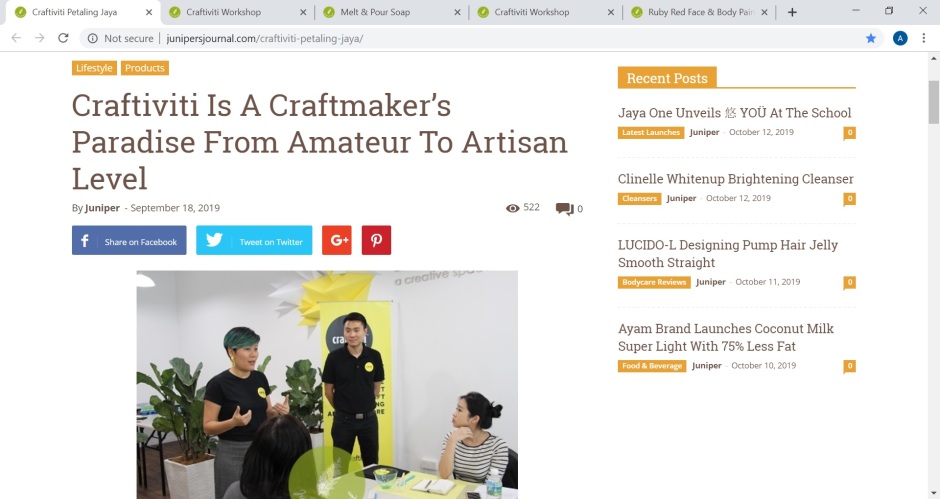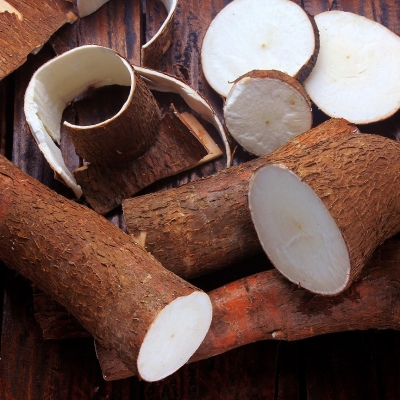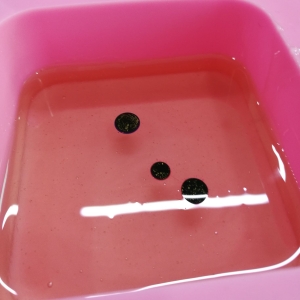Originated from West Africa, African Black Soap is traditionally hand-made using methods passed down through generations, using recipes that are centuries old. It’s a brilliant soap packed with antioxidants, vitamins A and E, fatty acids, and more, because of the plantain and palm leaves, banana bark, cocoa pods and shea butter. This makes it a ‘holy grail’ soap for us skincare enthusiasts!
So, what can African Black Soap do? It can…
- balance skin moisture levels without making it oily
- nourish skin
- heal skin problems like acne, eczema, and psoriasis
- fade skin discolorations and reduce hyperpigmentation
- relieve dry and irritated skin
- even skin texture and tone
- deep cleanse for skin
- natural exfoliation for skin
In fact, there’s a study by the Albert Einstein College of Medicine which found that over 90% of African black soap users who were a part of their study, reported to being satisfied with their improvement in acne, eczema, and general skin quality!
PS: It’s important to buy authentic, raw African Black Soap. There are “black soaps” in the market which contains artificial ingredients, thus they won’t give you the same results as authentic, raw African Black Soap.
For this recipe today, we’ll be using Stephenson Personal Care’s Crystal African Black Soap (click here for more info!) base which is a completely natural Melt & Pour soap base “made using Raw African Black Soap from Ghana.”

What You’ll Need:
- Stephenson Personal Care’s Crystal African Black Soap Base
- Calendula Infused Oil (made following this tutorial, or you can just get our 100% Calendula Oil if you prefer something quicker!)
- Tea Tree Essential Oil
- Lemon Essential Oil
- Silicone Mold
We used this Large Rose Soap Mold here!
- Double Boiler
- Measuring Spoon
Instructions:
- Cut 500g of soap base and melt it in a double boiler.

- Turn off heat when melted and add up to 1ml of Calendula Oil, 10 drops of Tea Tree Essential Oil and 10 Drops of Lemon Essential Oil into the melted soap base. Stir well.
- Pour the melted soap base into a silicone mold.
- Set aside for 4-6 hours so that it can fully harden. You can use the soap immediately after!

- Pssst! You can also use this soap just as it is!

Reference:
- Lin, A., Nabatian, A., & Halverstam, C. P. (2017). Discovering Black Soap: A Survey on the Attitudes and Practices of Black Soap Users. The Journal of clinical and aesthetic dermatology, 10(7), 18–22.








 1. Grinding into Fine Powder
1. Grinding into Fine Powder 2. Starch Production
2. Starch Production


















